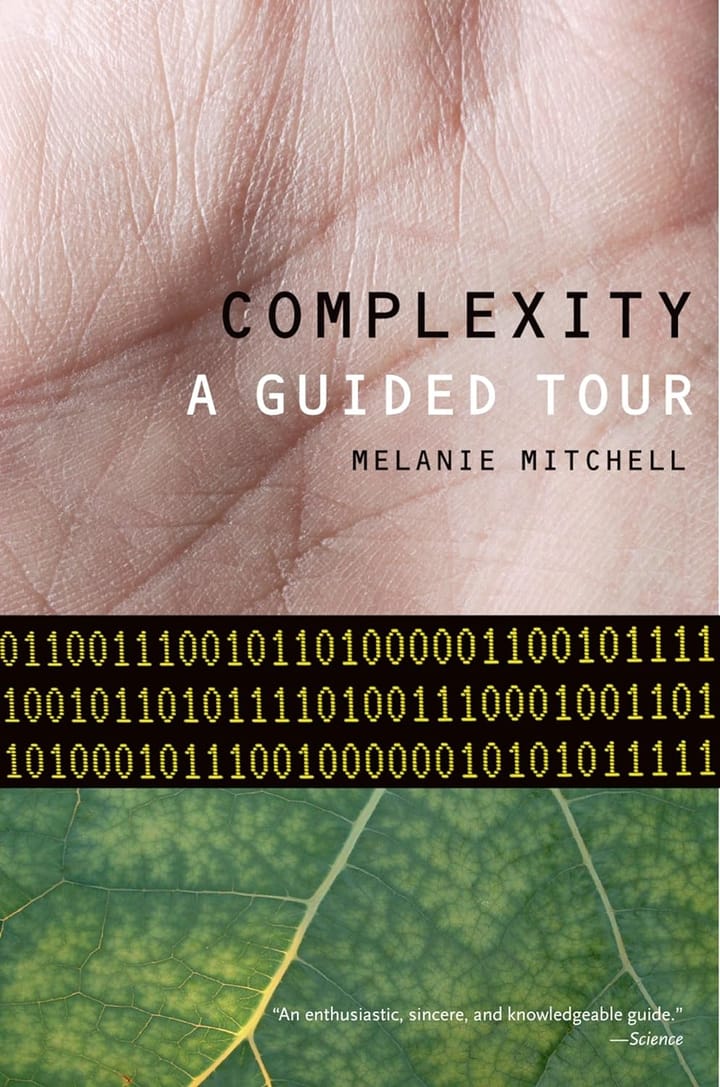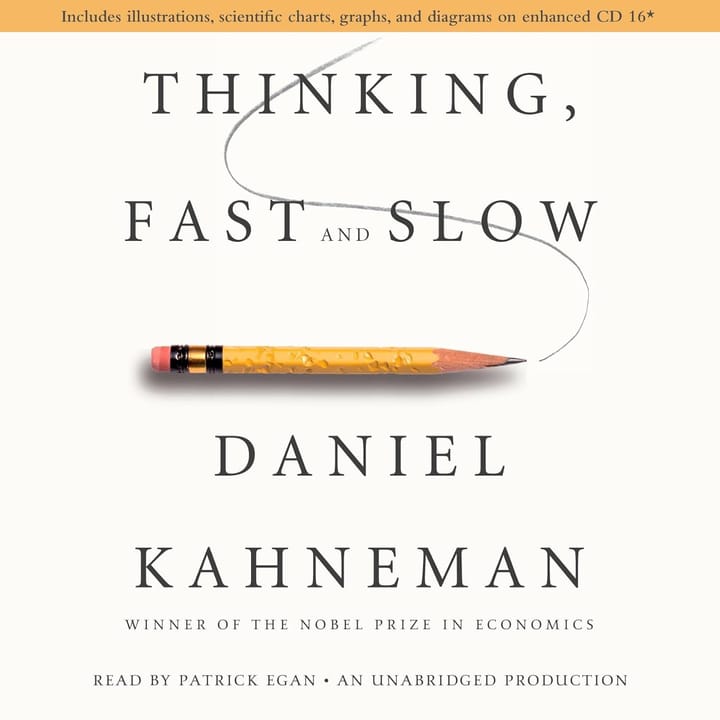Unraveling the Cynefin Framework: A Tool for Better Decision-Making
Explore how the Cynefin Framework can enhance decision-making by helping leaders understand complex situations, identify appropriate responses, and navigate uncertainty effectively.

Key Takeaways:
- The Cynefin Framework offers a structured approach to decision-making that helps leaders manage situations from simple to chaotic.
- Understanding the five domains of the Cynefin Framework—simple, complicated, complex, chaotic, and disorder—enables organizations to respond appropriately to different challenges.
- Developed by Dave Snowden, this framework is a vital tool for enhancing organizational decision-making processes, particularly in complex and rapidly changing environments.
Introduction to the Cynefin Framework
The Cynefin Framework, developed by Dave Snowden during his tenure at IBM in 1999, has emerged as a pivotal tool in knowledge management and decision-making. Pronounced as "kuh-nev-in," this Welsh word means "habitat" or "place," aptly reflecting the framework's intent to provide leaders with a "sense of place" within the complexities of their operational environments. This framework is particularly valuable in helping leaders understand and categorize challenges to make contextually appropriate decisions.
The Five Domains of Cynefin
Simple Domain
In the simple domain (also known as the clear domain), cause and effect relationships are apparent to everyone, and the right answer is evident. This domain is ruled by best practices, which are easy to identify and implement. Decision-makers in this domain can act quickly with a high degree of confidence in the outcomes.
Complicated Domain
The complicated domain involves scenarios where there is a clear relationship between cause and effect, but not everyone can see it. This domain requires expert analysis and the application of good practices. Leaders in this domain benefit from gathering and analyzing specific domain knowledge to inform decision-making.
Complex Domain
In the complex domain, cause and effect can only be perceived in retrospect. This area is fraught with unknown unknowns, requiring leaders to conduct experiments and engage in pattern discovery to understand the constituent parts of the situation. Here, emergent practices are more appropriate, as leaders must adapt to evolving dynamics.
Chaotic Domain
The chaotic domain is characterized by a lack of clear cause-and-effect relationships, demanding rapid response and immediate decision-making. In such scenarios, leaders must act immediately to establish order and prevent further chaos. Novel solutions and quick, decisive actions are paramount in this unpredictable environment.
Disorder
Disorder is the central domain of the Cynefin Framework, representing situations where it is unclear which of the other four contexts applies. Leaders in this domain need to break down the situation to categorize it into one of the other four domains before responding.
Practical Applications of the Cynefin Framework
Integration of Cynefin Framework in Knowledge Management
The Cynefin Framework, developed by Dave Snowden, offers a structured approach to knowledge management, particularly in handling the flow of information within an organization. By categorizing problems into five domains—simple, complicated, complex, chaotic, and disorder—leaders can identify the nature of challenges and apply the most effective strategies for knowledge sharing and problem-solving. In complicated contexts where cause and effect relationships are discernible but not immediately apparent, the framework guides leaders to leverage expert opinions and conduct thorough analysis, ensuring that the decision-making process is both informed and effective.
In complex situations, where there are no clear cause and effect pathways, the Cynefin Framework encourages a 'probe-sense-respond' approach. This method involves small-scale experiments or pilot programs to test how various factors interact within a system. The outcomes of these experiments help organizations discover patterns and determine actionable strategies. This adaptive approach is crucial in environments characterized by unknown unknowns, allowing organizations to respond flexibly and innovatively to emerging challenges and opportunities.
Enhancing Leadership with the Cynefin Framework
The Cynefin Framework, as discussed in the Harvard Business Review, offers a robust model for leaders to navigate the complexities of modern organizational environments. By categorizing problems into five domains—simple, complicated, complex, chaotic, and disorder—leaders can apply the most effective management style. In complicated domains, where cause and effect relationships are discernible but not obvious, leaders rely on expert analysis to understand the constituent parts and formulate responses. This structured approach helps in making sense of detailed data and expert insights, ensuring decisions are well-informed and contextually appropriate.
In contrast, complex domains, characterized by unknown unknowns and dynamic variables, demand a different leadership approach. Here, the leader’s framework shifts towards fostering environments where novel solutions can emerge organically through interaction and experimentation. This involves setting the stage for pattern discovery and sense-making rather than dictating specific outcomes. By embracing complexity, leaders enable their organizations to respond rapidly and innovatively to unforeseen challenges, thereby enhancing adaptability and resilience.
Adapting Cynefin for Personal Development and Growth
The Cynefin Framework, often discussed in the realms of leadership and organizational strategy, also offers significant value in personal development. By applying the principles of the Cynefin Framework, individuals can better navigate the complexities of personal choices and career decisions. In the complicated domain, where cause and effect relationships require analysis or expertise, individuals can learn to seek out specific domain knowledge or expert advice to make informed decisions. This approach helps in areas like financial planning or learning new skills, where clear methods and good practices can be identified and followed.
In contrast, personal challenges often fall into the complex domain, where the right answers are not immediately apparent, and the path forward requires adaptation and learning. Here, the Cynefin Framework encourages a 'probe-sense-respond' approach, allowing individuals to experiment with different strategies in their personal life, learn from the outcomes, and adapt accordingly. This method is particularly useful in managing relationships or personal growth, where multiple right answers may exist, and the journey to the solution involves evolving dynamics and continuous learning.
Cynefin's Role in Enhancing Educational Systems
Educational institutions can greatly benefit from integrating the Cynefin Framework into their management and pedagogical strategies. In the complex domain, where teaching and learning do not always follow a linear path, educators can utilize Cynefin to better understand and navigate the intricate dynamics of classroom environments. By recognizing that each learning scenario can be unique and may not always have a 'best practice', teachers can innovate novel solutions that cater to the diverse needs of their students, fostering a more adaptive and responsive educational approach.
Furthermore, in the chaotic domain, where rapid response and immediate action are crucial, the Cynefin Framework provides a structured approach to crisis management within educational settings. For instance, during sudden institutional crises such as natural disasters or other emergencies, leaders can apply Cynefin’s principles to quickly categorize situations and make contextually appropriate decisions. This capability not only helps in establishing order during chaos but also ensures that the actions taken are grounded in a deep understanding of the complex interdependencies within educational ecosystems.
Cynefin Framework in Crisis Management
Crisis management often requires rapid response and decision-making under pressure, areas where the Cynefin Framework particularly excels. In the chaotic domain, where there are no clear cause-and-effect relationships, leaders must act immediately to establish order and prevent further chaos. This "act-sense-respond" approach is crucial in emergencies where waiting for complete information might exacerbate the situation. The framework guides leaders to take decisive action that stabilizes the environment, allowing for more detailed analysis and measured responses as more information becomes available.
Furthermore, the Cynefin Framework aids in transitioning from chaotic to complex or complicated domains as the crisis unfolds. By understanding how different contexts influence the effectiveness of various management styles, leaders can adapt their strategies to meet evolving challenges. This dynamic capability not only mitigates the impact of crises but also positions the entire organization for a more robust recovery and learning post-crisis. Through such contextually appropriate ways of responding, the framework ensures that leadership is both effective and pertinent across varying degrees of uncertainty and disorder.
Cynefin Framework and Decision-Making in Different Sectors
The versatility of the Cynefin Framework extends across various sectors, from business management to public administration, each benefiting from its nuanced approach to decision-making. In the public sector, where policies and decisions can have wide-ranging impacts, the framework helps leaders classify problems into distinct domains and apply contextually appropriate strategies. For instance, in the chaotic domain, where rapid response is crucial, the framework advises leaders to act immediately to establish order and prevent further disorder, a practice that can be critical during public emergencies or crises.
In the business sector, the Cynefin Framework aids in refining management styles and enhancing strategic planning. By understanding the specific domain—whether it is simple, complicated, complex, or chaotic—managers can tailor their leadership approaches to suit the situation. This might mean enforcing best practices in the simple domain or fostering novel solutions in the complex domain. Such tailored approaches not only improve problem-solving capabilities but also enhance the overall agility and resilience of the business, enabling it to thrive in an array of operational landscapes.
Business Management
In business, leaders can use the Cynefin Framework to tailor their management style and decision-making approach to the complexity of the situation at hand. For instance, in a complicated domain, a leader might focus on enhancing their team’s expertise and knowledge to better analyze data and predict outcomes.
Public Sector
In the public sector, the framework helps in policy-making where different sectors require varied approaches. For example, emergency responses often fall into the chaotic domain where rapid, decisive actions are necessary, while urban planning might sit in the complicated domain requiring detailed expert analysis.
Benefits of Implementing the Cynefin Framework
The primary benefit of the Cynefin Framework is its ability to help leaders make sense of varying situations and decide on the best approach to tackle them. By categorizing problems, leaders can avoid one-size-fits-all solutions and instead apply strategies that are contextually appropriate.
Challenges and Considerations
While the Cynefin Framework provides a robust model for decision-making, it requires a deep understanding and the ability to adapt to fluid situations. Leaders must be flexible and ready to move between domains as situations evolve.
Case Study: Implementing Cynefin in Healthcare
In the healthcare sector, the Cynefin Framework has been used to improve decision-making in emergency rooms (ERs). By identifying whether patient care scenarios fall into simple, complicated, complex, or chaotic domains, ER staff can prioritize care delivery and resource allocation more effectively, leading to better patient outcomes and more efficient operations.
Summary
The Cynefin Framework is a dynamic tool that aids decision-makers across different sectors by providing a structured approach to navigating complexity. By understanding and applying the principles of this framework, leaders can enhance their ability to analyze, respond to, and manage various situations effectively, ensuring that their actions are always suited to the context at hand.
Recommended Reading
- Cynefin - Weaving Sense-Making into the Fabric of Our World by Dave Snowden
- Navigating Complexity by Jean Boulton, Peter Allen, and Cliff Bowman
- Complexity: A Guided Tour by Melanie Mitchell
FAQ Section
What is the main purpose of the Cynefin Framework?
The main purpose of the Cynefin Framework is to help leaders identify the context of the situation they are dealing with and to choose the most appropriate management and decision-making style for that context.
How does the Cynefin Framework assist in managing complex situations?
The Cynefin Framework assists in managing complex situations by providing a methodology to categorize and analyze problems based on their complexity, which in turn guides leaders in applying the most effective strategies.
Can the Cynefin Framework be applied to personal decision-making?
Yes, while the Cynefin Framework is primarily used in organizational contexts, its principles can also be adapted for personal decision-making, helping individuals navigate complex personal situations more effectively.
Affiliate Disclaimer
Some of the links on this website may be affiliate links. This means that, at no additional cost to you, we may earn a commission if you click through and make a purchase. Your support through these affiliate links helps sustain and improve the quality of the content we provide.


